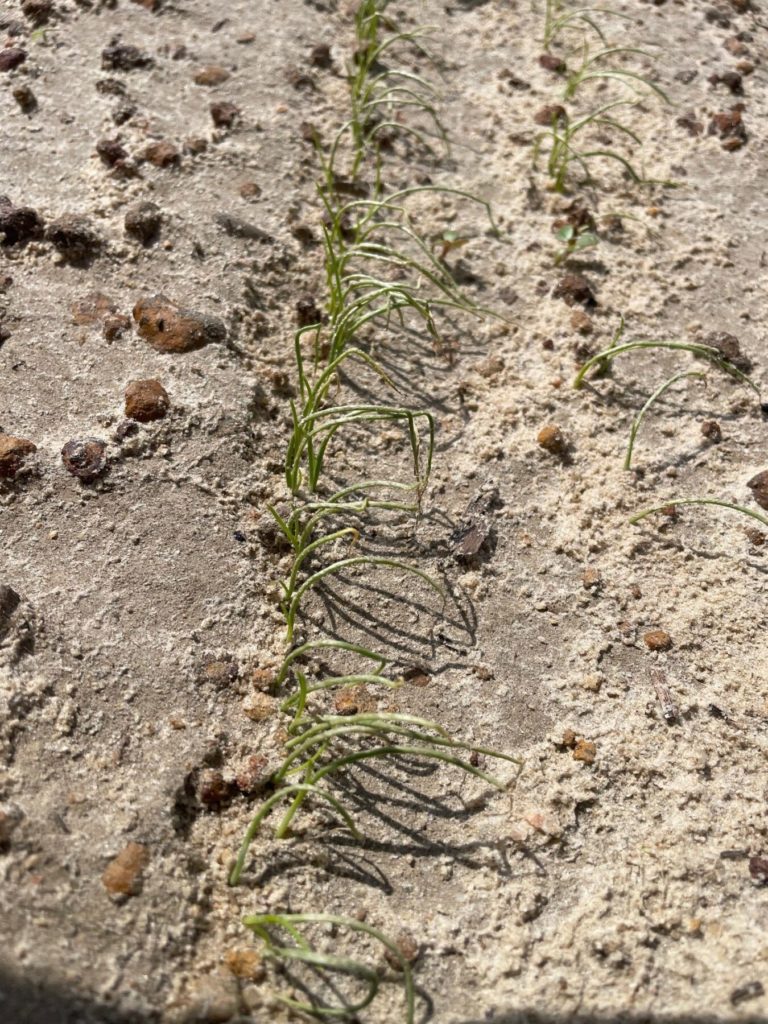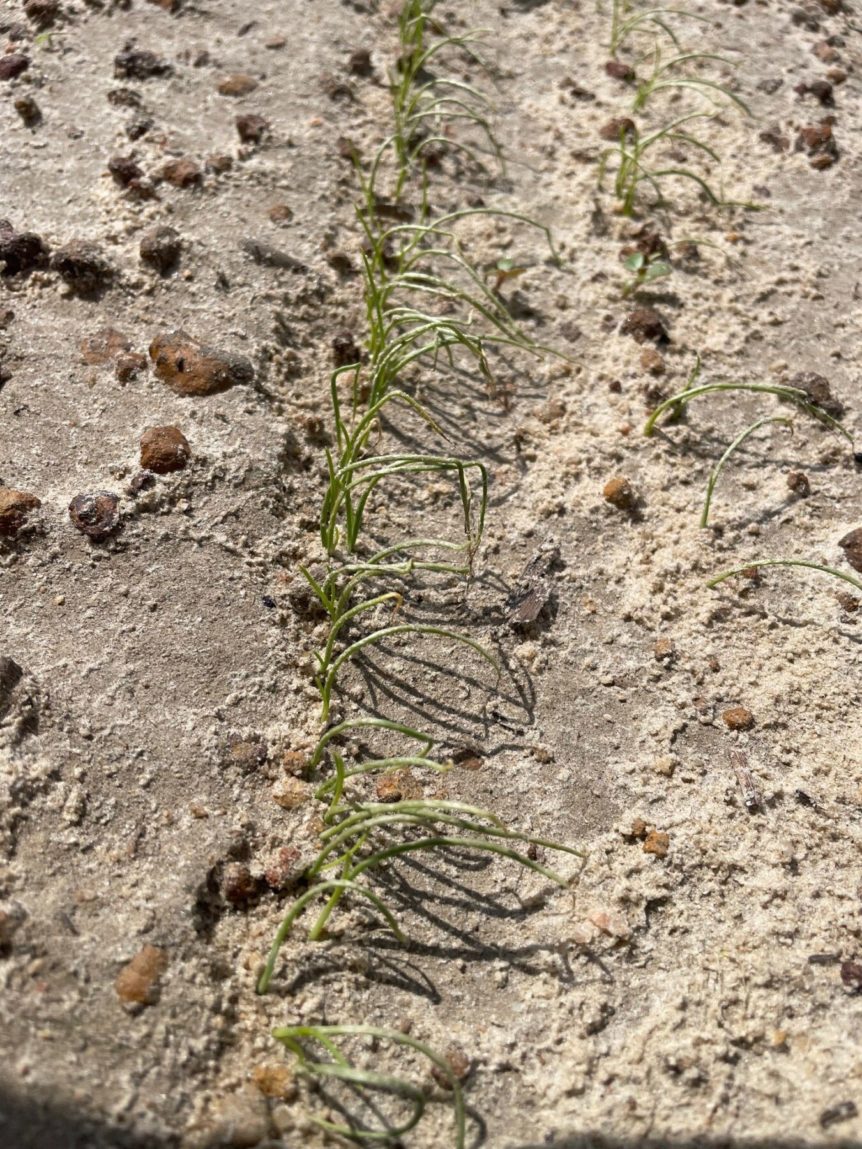By Clint Thompson
Count Georgia’s Vidalia onions as another crop impacted by Hurricane Helene’s trek through the Southeast on Sept. 26 and 27.

Chris Tyson, University of Georgia (UGA) Extension area onion agent, discussed the storm’s impact on seedbeds that were either just planted or about to be.
“We start planting seedbeds in early September, and we had some seedbeds that had been up and emerged for about two weeks or a little bit more. We had some that were just planted the week of the hurricane and then we’ve got some folks now that are trying to plant a few now after the hurricane,” Tyson said. “Definitely the ones that were already emerged and were exposed to the storm, it has definitely impacted them or compromised them to some degree.
“I think it’s still a little too early to say how it’s going to turn out. There was definitely crop injury there. We’re going to have to wait and see how those plants do.”
Vidalia Onion Blog
Tyson noted in the UGA Extension Vidalia Onion Blog that there are concerns about bacteria and weaker fungal pathogens following the storm’s damage. The damage to the plants included “speckling of the leaves, dead tissue, ‘whiplash’ and ‘sandblasting.’”
“The injury from the wind and sand can let disease in. Really all we can do is stay up on spraying the seedbeds. Most people are already doing that any way,” Tyson said. “We really try to take care of our crop the best we can, and they’re already doing that any way. We don’t have a lot of choice … it’s pretty much copper and that’s it, and we just want to watch out for that. A lot of guys are already doing that, and they might want to increase their frequency a little bit to stay on top of it.
“That’s really all we can do is spray something like copper and maybe a fungicide like Bravo or something else; keep them protected.”










